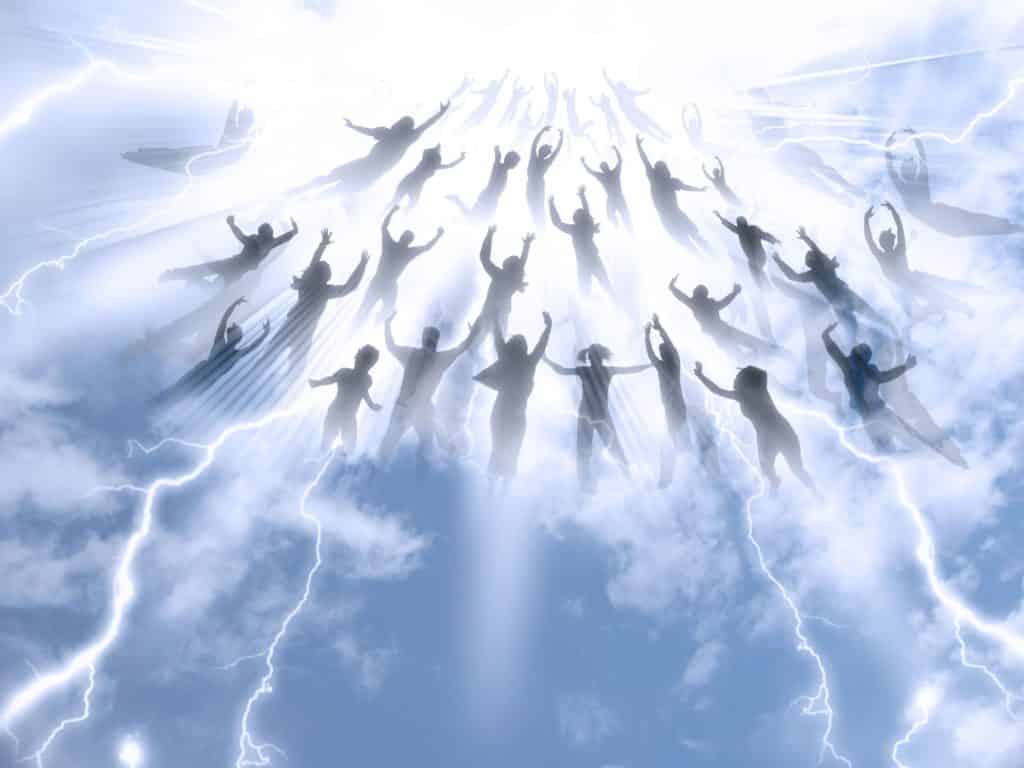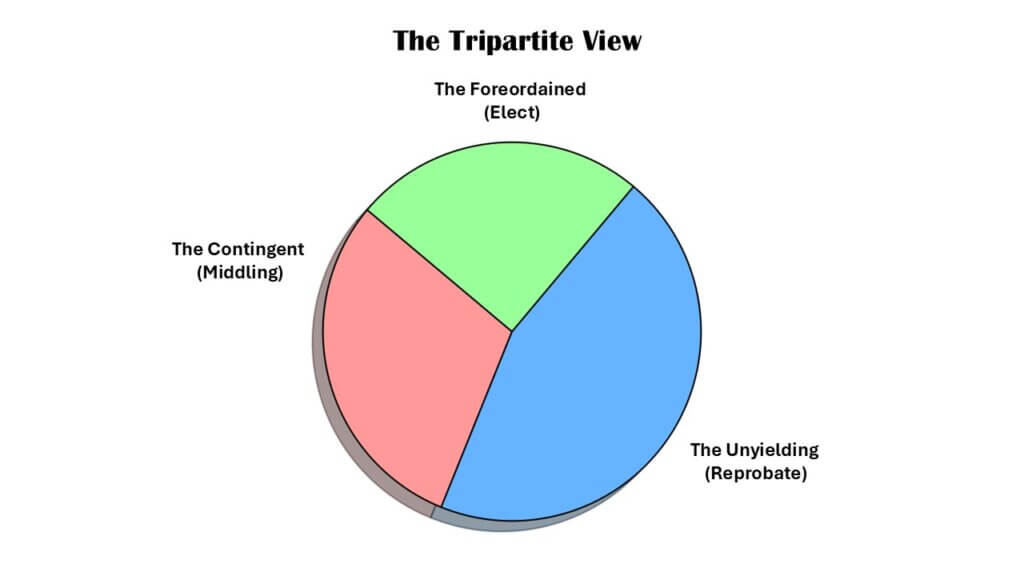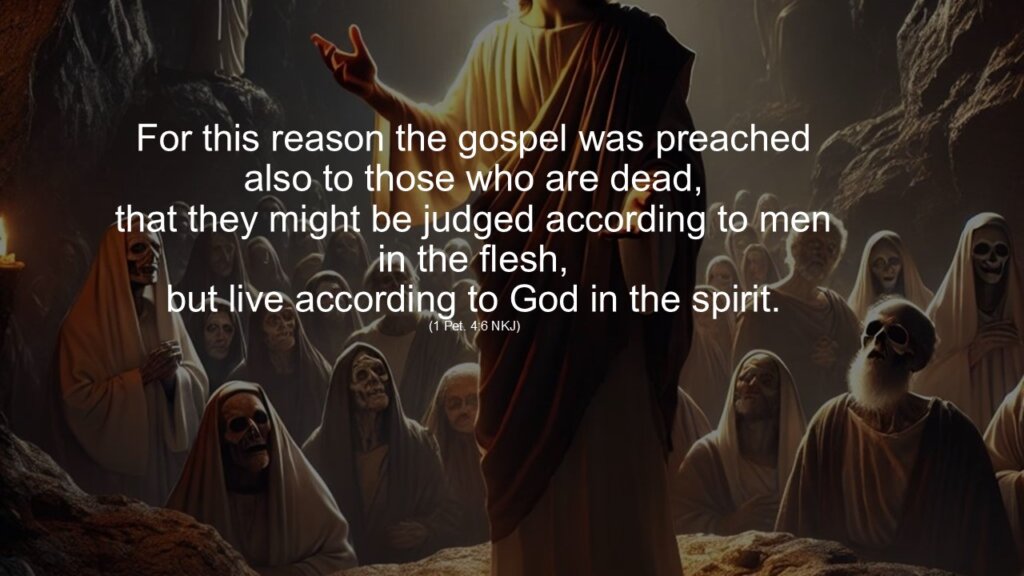The End Times Unfold: The Four Horsemen, the Antichrist, and Satan’s Deception

The End Times Unfold: The Four Horsemen, the Antichrist, and Satan’s Deception
The Cosmic War: The Expulsion of Satan
The narrative begins with a celestial battle described in Revelation 12:7-9. Michael and his angels clash with Satan and his forces, ultimately casting them out of heaven. Banished to the earth, Satan and his demons take on a deceptive guise, appearing in a fleet of dazzling UFOs, claiming to be extraterrestrial beings—the Elohim—returning to guide humanity.
This spectacle is a calculated move, fulfilling 2 Thessalonians 2:9, where the Antichrist’s coming is described as being “according to the working of Satan, with all power, signs, and lying wonders.” Humanity is enthralled as the so-called Elohim declare themselves humanity’s ancient creators. They anoint a charismatic leader—the “Man of Sin”—as their chosen liaison to the world.
The Falling Away and the Rise of the Man of Sin
Before the seven-year tribulation begins, a great apostasy spreads across the Church. Many abandon their faith, seeking miracles and signs instead of clinging to biblical truth. This is the “falling away” described in 2 Thessalonians 2:3. As spiritual discernment wanes, the Antichrist rises to prominence, masquerading as the savior of humanity.
The first seal is opened in Revelation 6:1-2, revealing a rider on a white horse. “He who sat on it had a bow; and a crown was given to him, and he went out conquering and to conquer.” This rider symbolizes the Antichrist, who, with the endorsement of the extraterrestrials, unites nations under a revived Greco-Roman Empire (Revelation 13:1-5). He promises peace and prosperity, but this facade is short-lived.
The Four Horsemen: Satan’s Agents of Chaos
With the Antichrist in position, Satan deploys his next strategy to secure global dominance. The opening of the seals in Revelation 6 unleashes the Four Horsemen, each bringing unprecedented suffering to humanity.
- The White Horse: Deception The Antichrist, under the guise of peace, spreads a strong delusion, convincing the world that he is the Christ (2 Thessalonians 2:11). By Satan’s power he performs signs and wonders replacing the truth of the Gospel with a counterfeit faith that is infused with ancient alien theory and with it conquers the world to believe the falsehood.
- The Red Horse: War The second seal is opened, releasing the red horse. Its rider brings war and strife, taking peace from the earth (Revelation 6:3-4). Conflicts erupt globally, fulfilling Christ’s warning: “You will hear of wars and rumors of wars” (Matthew 24:6-7).
- The Black Horse: Famine The third seal reveals the black horse, symbolizing famine and economic collapse (Revelation 6:5-6). The rider’s scales signify scarcity, as the cost of basic necessities skyrockets. This aligns with Jesus’ prophecy of famines during the end times (Matthew 24:7).
- The Pale Horse: Pestilence and Death The fourth horse, pale and menacing, spreads disease and death across the earth (Revelation 6:7-8). These calamities claim a quarter of the world’s population, intensifying humanity’s desperation.
The Global Surrender to the Antichrist
As chaos engulfs the earth, the nations turn to the Antichrist for salvation. Supported by the extraterrestrial Elohim, he proposes a unified world government to restore order. The nations eagerly comply, granting him dictatorial power over a global regime (Revelation 13:7). This government enforces the worship of the Antichrist and the Elohim, outlawing biblical faith.
The Antichrist’s reign introduces a new moral order, fulfilling Daniel 7:25, where he is prophesied to “change times and law.” Ancient alien theory becomes the new belief system, replacing the worship of Yehovah with veneration of the Antichrist as the ultimate hybrid—a divine-human being surpassing all gods.
The Revelation of the Son of Destruction
Midway through the seven-year tribulation, the Antichrist reveals his true identity. In the temple of God, he declares himself the “seed of Satan,” the prophesied “son of perdition” (2 Thessalonians 2:3-4). He denies the Father and the Son, fulfilling the description of the Antichrist in 1 John 2:18-22. Claiming to have evolved into a god above all gods, he blasphemes Yehovah and demands universal worship (Revelation 13:4-6).
The Final Apostasy and Blasphemy
The Antichrist’s regime intensifies its persecution of believers. He is aided by the extraterrestrial Elohim and Britain and America united under a False Prophet, who deceive the earth to build the quantum computing Network to manage the earth’s dwindling resources (Revelation 13:11-14). The Antichrist seeks to eradicate all vestiges of biblical truth, enforcing the worship of Satan and himself. This spiritual darkness fulfills 2 Thessalonians 2:11, where God allows a “strong delusion” to prevail, leading those who reject the truth to believe the lie.
The Gathering at Armageddon
As the seven-year tribulation nears its conclusion, the Antichrist, the Dragon (Satan), and the False Prophet demon inspired delusion rallies the kings of the earth to war against God. Unclean spirits, described as frogs, go out to deceive the nations, gathering them for the final confrontation at Armageddon (Revelation 16:13-14). The stage is set for the ultimate battle between good and evil.
The Return of the True Christ
The climax of the story unfolds with the glorious return of Jesus Christ. Riding a white horse, He descends from heaven with the armies of God (Revelation 19:11-16). The Antichrist and his allies are defeated, and Satan is bound for a thousand years (Revelation 20:1-3). The false narrative of the Elohim is dismantled, and the eternal reign of Christ begins.
Conclusion: A Story of Warning and Hope
This tale of deception, chaos, and ultimate redemption underscores the dangers of abandoning God’s truth for lies. From the Antichrist’s rise to the devastation wrought by the Four Horsemen, Satan’s strategy reveals his ultimate goal: to usurp God’s authority and lead humanity astray. Yet, the victory of Christ is certain, offering hope to those who remain faithful.
End Times Timeline
Ancient Aliens or Angels? Even the Elect might be deceived
Nephilim Fallen Angels and the Sons of God
As in the days of Noe, so shall it be also in the days of the Son of man
The Antichrist: His Names Titles and Descriptions
What did the apostle John reveal when he said: “It is the last hour”?
Where Is The Judgment Of Fallen Angels?
Do Ancient Aliens Appear in the Bible?
The Coming False Christ and His Followers Revealed







